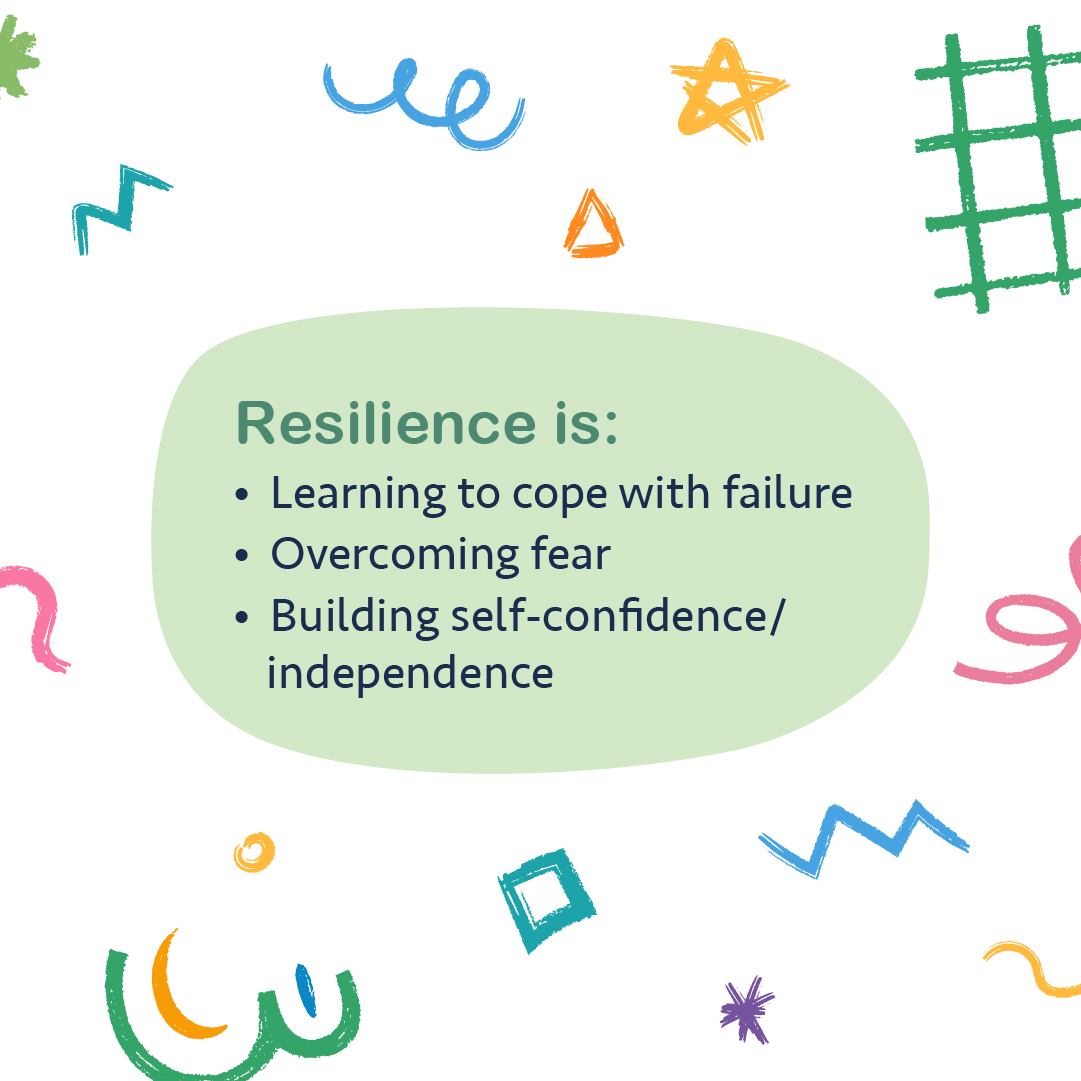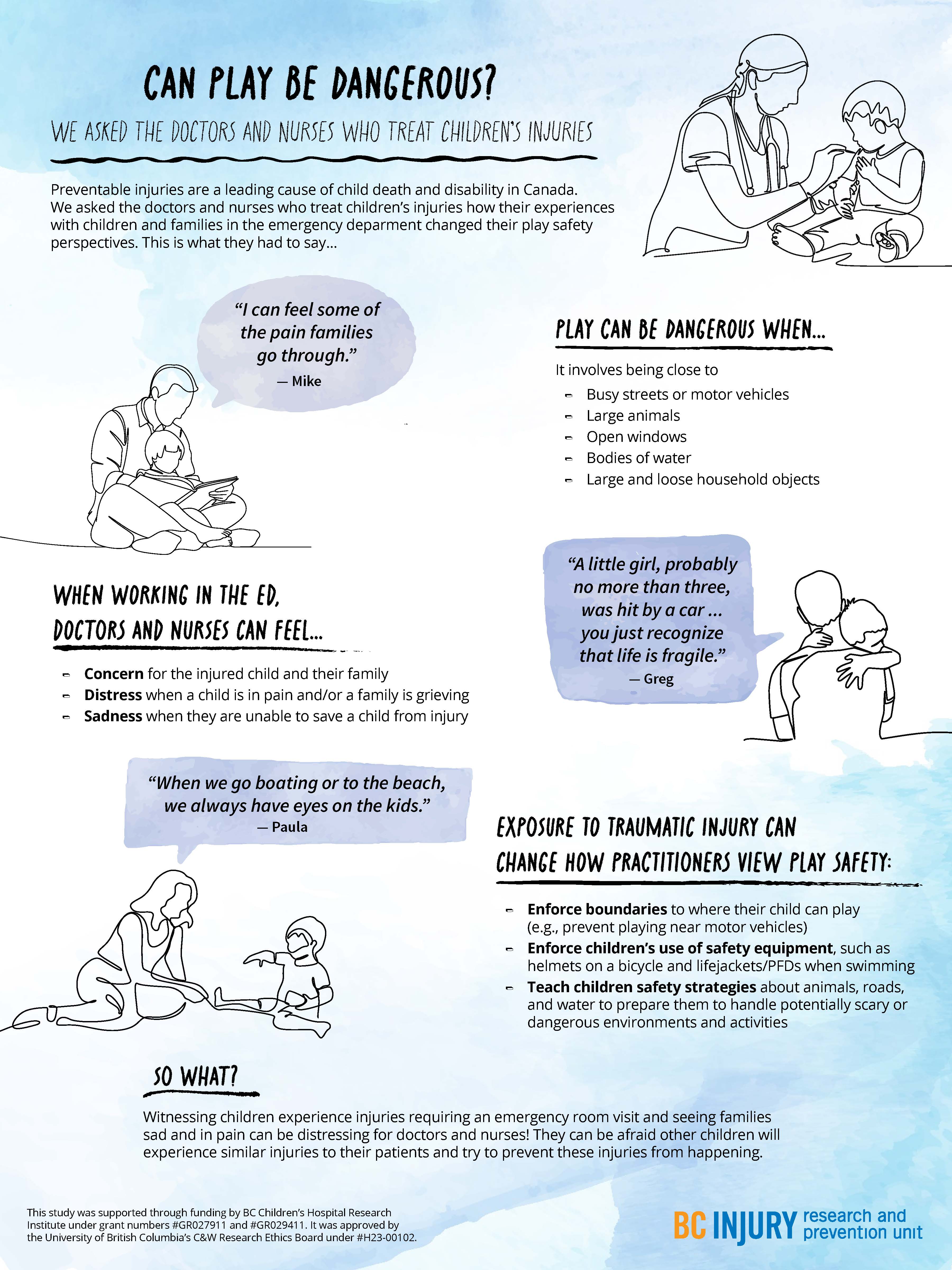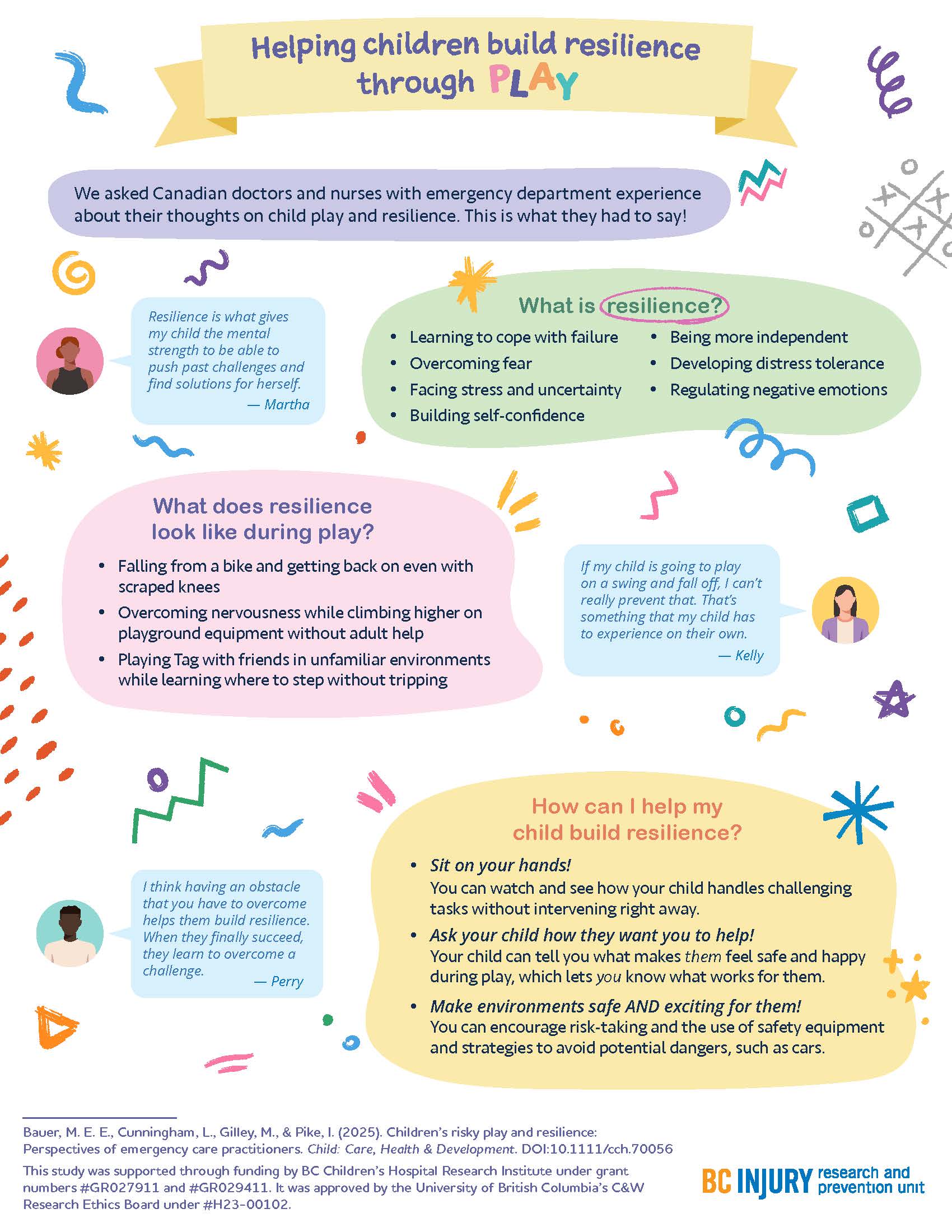Boating safety campaign to launch summer 2018

Starting this summer, a multi-platform social marketing campaign aims to help British Columbians enjoy recreational boating safely.
From the May long weekend until Labour Day, boaters will see messaging displayed at select marinas, in nearby restaurants and pubs, on billboards and transit stops, and online reminding them that drowning and other boating-related injuries are preventable.
The campaign is part of a three-year project with the BCIRPU, Preventable, and the Royal Canadian Marine Search and Rescue (RCMSAR). RCMSAR is a volunteer-based organization that operates 33 marine rescue stations on the British Columbia coast and in the BC Interior.
RCMSAR volunteers will engage directly with recreational boaters to remind British Columbians of the risks of drinking alcohol while boating, to wear a lifejacket or personal flotation device (PFD), and to make sure they have equipment that is in good working condition and accessible, and that they know how to use it.
“32% of water-related fatalities in BC occur while boating, higher than the national average of 26%,” says Dr. Ian Pike, BCIRPU director and spokesperson for Preventable. “We want to remind British Columbians that drowning and boating-related injuries don’t just ‘happen’—they are preventable.”
Funding is provided by Transport Canada, and was announced last May.
Key Messages:
- Wear a PFD/Lifejacket: No one expects to fall overboard – wear it and be safer.
- Alcohol consumption: Drinking and boating don’t mix—it’s safest to wait until you are docked.
- Have the right equipment: Make sure it is in good working condition and accessible, and know how to use it.
Quick Facts:
- 32% of water-related fatalities in BC occur while boating, higher than the national average of 26%.[1][2]
- Over 50% of boating incidents involve a powerboat.[1]
- Adults aged 35 to 49 years old have the highest rate of recreational boating-related fatality.[3]
- Recreational boating-related hospitalizations primarily occur among adults; the highest rates occurred in teenagers (15-19 years) and adults (50-64 years). [3]
- Males are at much higher risk of boating-related injury compared to females. [3]
- 85% of recreational boaters in BC who fatally drowned between 2009 and 2014 were not wearing a PFD/lifejacket, or were wearing it incorrectly.[4]
- 1 out of 3 of drowning deaths among recreational boaters in BC involve alcohol and at least 25% occur during calm water conditions.[4]
- Lakes are the most frequent body of water where recreational boating-related deaths occur.[3]
- From 2010-2014, 60% of water-related fatalities occurred during the months of May through until August, with July being the month with the highest percentage of water-related fatalities (17%).[1]
- The total cost of drowning to British Columbians in 2010 was $25 million.[5]
- The greatest number of drowning fatalities took place in the Metro Vancouver district (17%), followed by the Central Kootenay (14%) (2014).[1]
____________________________________________
- Prepared for the Lifesaving Society Canada by the Drowning Prevention Research Centre (2017). BC Drowning Report. (BC Coroners Data).
- Prepared for the Lifesaving Society Canada by the Drowning Prevention Research Centre (2017). Canadian Drowning Report. (Chief Coroner’s and Medical Examiner’s Office Canada data).
- The Epidemiology of Recreational Boating-Related Injuries in BC (2017). BC Injury Research and Prevention Unit, Vancouver, BC.
- Drowning Prevention Research Centre.
- Rajabali F, Ibrahimova A, Barnett B, Pike I. (2015). Economic Burden of Injury in British Columbia. BC Injury Research and Prevention Unit: Vancouver, BC.
- distress when a child was in pain and when a family was grieving; and
- sadness in the event they were not able to save a child in their care.
- concern for the injured child and the child’s family;
Particularly traumatic events, such as those involving vivid sights and sounds (e.g., families holding each other and having extreme reactions), stuck with the practitioners, having long-lasting impressions on them and causing them to re-live these events in the years following their exposure.
Even after their shift was over, practitioners said that they changed how they approached parenting and how they perceived safety during play as a result of witnessing these traumatic events. They reported having more knowledge of the causes and consequences of severe injuries, such as those that require hospitalization or emergency care. For example, practitioners were more likely to enforce boundaries around where their children could play, such as by forbidding their child to play near busy streets. They also were more likely to tell their child about safe play environments and equipment, and put this equipment on their child before play, such as explaining the benefits of using helmets while riding bikes.
Practitioners were more likely to enforce boundaries around where their children could play, and use safety equipment, such as bike helmets.
Practitioners also described being concerned about their children’s play near open windows, around large bodies of water unsupervised, and in environments where firearms were present. They also expressed worry about their children’s play on trampolines and on motorized vehicles, such as ATVs. Findings related to trampoline play safety concerns were published in the journal Injury Prevention.
Observing family grief due to child injury or death affected the mental well-being of health care practitioners, drawing attention to the need for mental health supports for those involved in caring for severely injured and dying patients.


"Raise more resilient children through play...watch and see how your child handles challenging tasks without intervening right away." —Dr. Michelle Bauer
Building resilience through play
How can parents help their children build resilience? By letting them play!
The experiences that practitioners witnessed encouraged them to support their children in building resilience through play; specifically, by supporting children in learning to cope with failure, overcome fear, build self-confidence, develop distress tolerance, and regulate negative emotions. Findings related to building resilience through play were published in the journal Child: Care, Health, and Development.

Parents fostered resilience in their kids by:
- helping their kids get back on bikes after they fell off and wanted to try again;
- sitting on their hands so they did not instinctively reach for their children when their children fell down; and
- encouraging participation in challenging and thrilling activities in forests and water while safety equipment was used.
"There are a few ways that parents can raise more resilient children through play that are supported by literature and our study findings," said Dr. Bauer. "One: watch and see how your child handles challenging tasks without intervening right away."
"Two: Ask your child how they want you to help—let them tell you what makes them feel safe and happy during play. Let them lead. And three: make play both safe and exciting by encouraging risk-taking, teaching them how to avoid hazards, and using safety equipment.”
This research was supported through Drs. Bauer’s and Gilley’s receipt of a clinical and translational research seed grant from the BC Children’s Hospital Research Institute (BCCHR), Dr. Bauer’s BCCHR postdoctoral fellowship award, and additional training provided to Dr. Bauer through her participation in the Programs and Institutions Looking to Launch Academic Researchers (PILLAR) program through ENRICH, a national organization training perinatal and child health researchers.
Learn more about the study through two infographic posters:
Graphics and posters by Milica Radosavljevic











